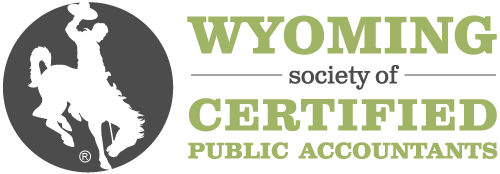Description
This course examines and explains the practical aspects of using the closely held corporation to maximize after-tax return on business operations. Recent developments giving corporations a competitive edge over other entities are explored and detailed. Practitioners are alerted to often missed fringe benefits, retirement planning opportunities, corporate business deductions, income splitting possibilities and little-known estate planning techniques. The program covers step-by-step tax procedures to form, operate, and ultimately dispose of a closely held corporation. Distinctions between S and C corporations will be unraveled and guidelines for client direction given.
Highlights
• Business Forms & Characteristics • Corporate Formation & Capitalization • Corporate Principals & Employees • Basic Fringe Benefits • Business Entertainment • Insurance • Retirement Plans • Nonqualified Deferred Compensation • S Corporations • Business Dispositions & Reorganizations
Objectives
• Specify the advantages and disadvantages of sole proprietorships including self-employed taxes and payment requirements and identify the characterization of sole proprietorship assets upon disposition. • Determine payroll taxes noting the uses of Form 941, Form W-4, Form W-2, and Form W-3, specify the application of FICA and FUTA taxes and how to report them, and identify major employee labor laws. • Identify basic fringe benefit planning by determining "income" under 61 and specifying the differences between former nonstatutory and current statutory fringe benefits. • Recognize the key tax terms "entertainment", "lavish" and "extravagant" and, identify the required 162 & 274 tests noting the importance of statutory exceptions. • Identify the impact of the disallowance of the interest deduction on purchasers and the insurance industry noting the 264 interest limitation on policy loans, specify the benefit of corporate key person life insurance, cite the requirements of COBRA, and determine what constitutes a Voluntary Employee Benefit Association under 501(c)(9). • Identify nonqualified and qualified deferred compensation plans noting their benefits and contributions limits and recall the current and deferred advantages and disadvantages of corporate plans including fiduciary responsibilities and prohibited transactions. • Identify the set up of a segregated asset plan where the account is not subject to the claims of the employer's creditors and still avoids employee taxation and specify the tax consequences of establishing a nonqualified plan. • Determine what constitutes a S corporation and specify the advantages and list disadvantages associated with them. • Recognize various business disposition and reorganization possibilities by: • Determining how organizational costs, start-up costs and syndication costs are incurred and specifying what expenditures they include and how they are treated. • Identifying advantages of purchasing an existing business over starting a new business, citing ways to find a business that is for sale, and specifying the tax considerations of such an acquisition. • Specifying a reorganization under 368(a)(1) noting the types of transactions that qualify as non-taxable reorganizations. • Identifying the factors that determine the corporate tax attributes of an acquired corporation that carry over to the acquiring or successor corporation.
Designed For
This program is appropriate for professionals at all organizational levels.
Registration for this course has passed.
Course Pricing
WYOCPA Member Fee
$499.00
Non-Member Fee
$659.00
Your Price
$659.00
Upcoming Courses
-
Basic Individual Taxation Course
December 31, 2025
-
Mastering IRS Form 7217: Partnership Property Distributions
December 31, 2025
-
Surgent's Compilations, Reviews, and Preparations: Engagement Performance and Annual Update
December 31, 2025
View all upcoming courses
